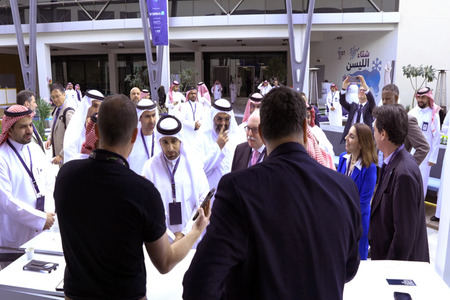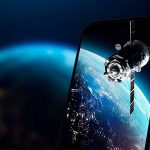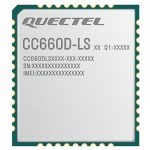The messages were sent over the companys L-band spacecraft and were enabled by 3GPP standards-based NTN service infrastructure installed in Viasats gateways by Skylo.

Satcom company Viasat demonstrated direct-to-device (D2D) satellite connectivity in Saudi Arabia for the first time, in conjunction with Skylo. Viasat successfully sent satellite-enabled two-way messages and SoS messages for the attendees at the Connecting the World from the Skies event, hosted by Saudi Arabia’s Communications, Space & Technology Commission (CST) and the International Telecommunication Union (ITU), in Riyadh.
The tests used a commercial Android smartphone enabled for non-terrestrial network (NTN) connectivity with the Bullitt over-the-top messaging application. The messages were sent over the companys highly reliable L-band spacecraft which orbits above the Indian Ocean and were enabled by 3GPP standards-based NTN service infrastructure installed in Viasats gateways by Skylo, a Viasat ecosystem partner.
D2D is an emerging technology which allows everyday devices like mobile phones, cars or industrial machinery to connect seamlessly to both terrestrial and satellite connectivity without the need for additional dedicated hardware. The technology follows new global mobile 3GPP release 17 standards, which are being adopted by satellite operators, mobile network operators, handset and chipset manufacturers.
The demonstration was enabled by Viasats highly reliable L-band satellite capabilities, with the tests showing satellite to cell phone connectivity feasibility across the region. Importantly, the companys approach of using already-licensed and dedicated satellite spectrum will enable it to work with mobile network operators to provide these services in the future without sacrificing or interfering with any terrestrial spectrum.
Elaborating on the demo, Sandeep Moorthy, Chief Technical Officer, Viasat, said: By expanding our direct-to-device innovation to the Kingdom of Saudi Arabia, were showcasing the potential for D2D services in the fast-growing Gulf and Asia-Pacific region. D2D could help reduce barriers to connectivity in regions where terrestrial services are spotty and unavailable to help transform industries and supply chains, enable new opportunities, and to become more efficient, sustainable and safer. Wed like to thank the CST for their support in carrying out this exciting demonstration.















































































